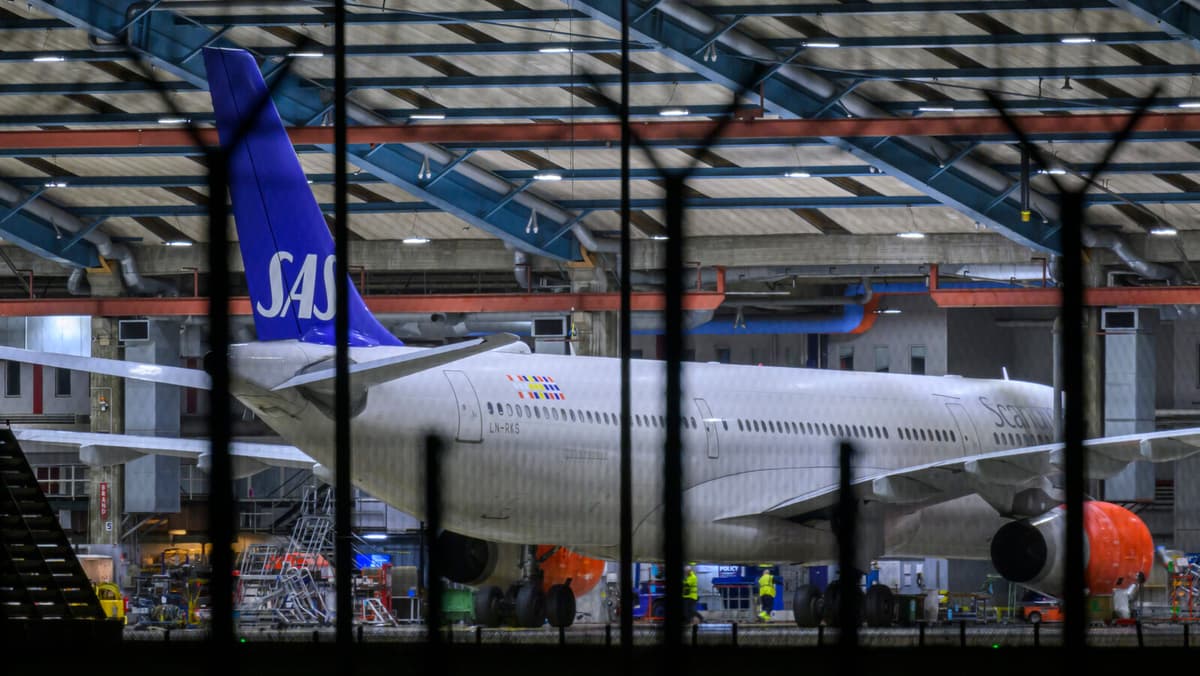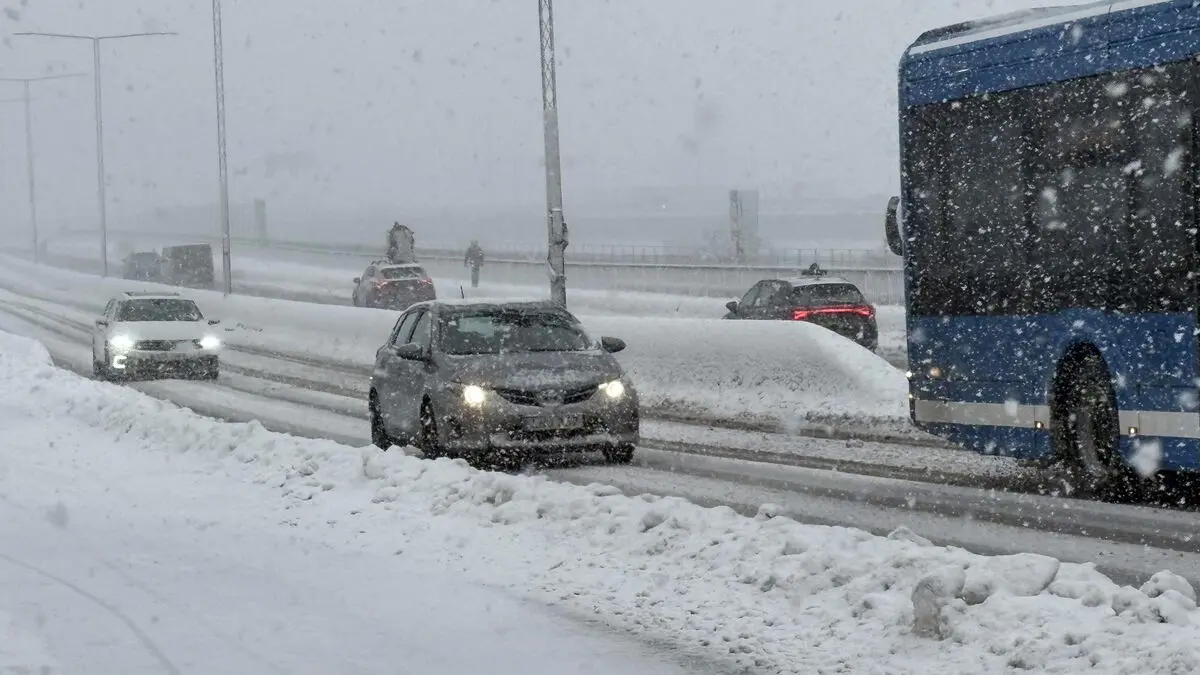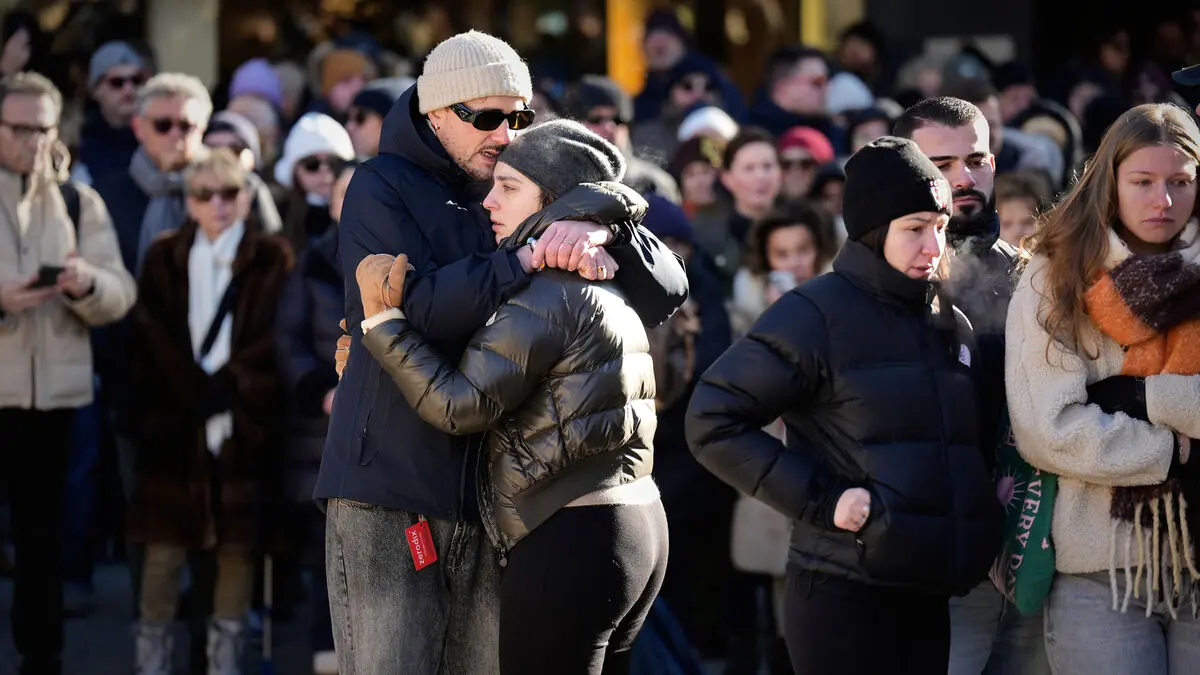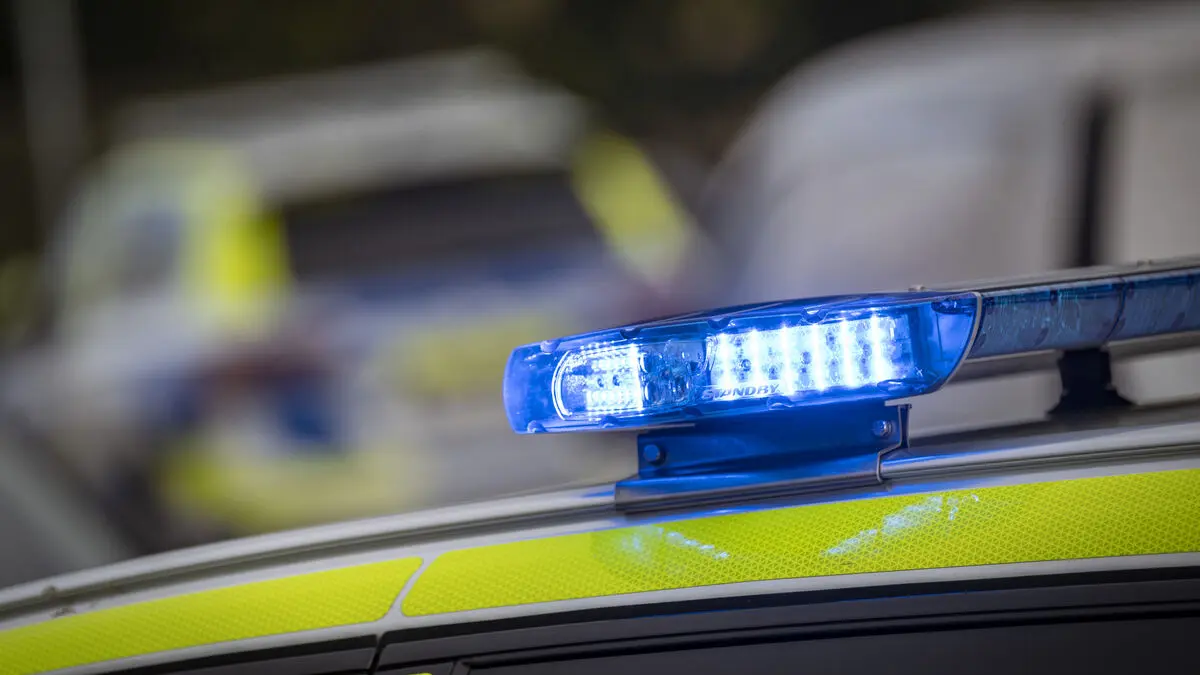This flight encountered severe turbulence over Greenland. And we understand that it's a very unsettling experience and we understand that people have become both frightened and scared by it, says Anders Åkerberg, flight safety chief at SAS.
Furthermore, Åkerberg says that SAS followed all its routines.
In such a situation, we want to get out of the turbulence and that's done by descending to a lower altitude. And this can feel very dramatic, too, since the plane is simultaneously moving back and forth. But it's a controlled movement that's being made.
When the plane dropped, it came out of the turbulence and the pilots determined that it could be flown further.
There was never any danger to the passengers during the return journey to Copenhagen, says Åkerberg.
The regulations afterwards require that the plane – even if it was airworthy – undergo a thorough inspection, and then it must be flown to a location where the plane can be taken care of – and the passengers.
According to Åkerberg, there are both hangar and technical competence in Copenhagen. The passengers were taken care of by special personnel and today, all of them should have received help to travel further.
No passenger was seriously injured during the turbulence. The seatbelt signs were lit since there were indications of some turbulence, according to Åkerberg.
We naturally take the opportunity at such occasions to review our routines and procedures and see if there's anything that can be changed and improved.
The plane is still being inspected.





